This includes filming from vehicles (e.g. from motor bikes; use of mini-cams on/in vehicles) and the use of golf buggies or similar as a mode of transport around the event.
What Can Go Wrong?
- Driver/rider error or distraction leading to crash/accident
- Vehicle collision with sports competitor, event staff or spectators
- Broadcast or filming equipment falling from vehicle causing danger to other road users
- Mechanical failure of vehicle e.g. due to poor maintenance
- Out of control vehicle e.g. due to operator error
- Vehicle unlicensed for use in question or incorrect permissions obtained.
Legal/91热爆 Requirements
- Local/event licensing requirements/permissions for vehicle and/or operator
- Local bylaws for equipment protruding from vehicles
- Buggies MUST never be operated on a public road unless specifically licensed to do so (NOTE: buggies are not normally licensed for road use)
- Road traffic legislation.
Control Measures
General Controls
- Select a competent contractor for vehicle filming.
- Obtain a risk assessment from the contractor and check that it covers expected hazards.
- Ensure driver/rider is experienced and competent for the specific activity, vehicle and intended conditions.
- Obtain necessary permissions from authorities/governing bodies and ensure any equipment protruding from the vehicle complies with local road bylaws.
- During production planning consider road type, traffic conditions, speed, weather, route, spectators, other road users (eg rubber necking).
- Driver/rider should not look at camera or camera monitor other than occasional glances equivalent to checking mirror or other instrument.
- Broadcast equipment should be firmly secured in place (by a competent person), whether external or internal to the vehicle, using secure fixings and anchors. Attach a lanyard to hand held cameras to restrict its travel.
- Ensure camera does not obstruct air bag and is not located where it could injure driver or passenger in the event of an accident.
- Wear personal protective equipment as advised by risk assessment and/or legal requirement, eg helmets, seat restraints. Seatbelts should normally be worn if present.
- If attaching a go-pro to a helmet, do not mount at the front of the helmet looking back towards the wearer, due to the risk of facial injury on frontal impact.
Golf Buggies or Similar Vehicles
- Provide and maintain a register of authorised drivers to operate golf or similar buggies.
- Only authorise buggy operators who are 23 or over; hold a valid DVLA or equivalent and are experienced (or have been instructed by a nominated person on site) on how to safely operate the buggy for the terrain concerned, including how to avoid overturns.
- Inform buggy operators of site rules for speed, safe routes, refuelling, buggy capacity etc. Authorised operators should sign to confirm receipt and understanding.
- Prevent unauthorised use of buggies, eg require keys to be removed and returned to authorised holder.
- All buggy passengers should be seated with arms and legs within the cart.
Division Specific Issues
- No division specific issues.
FAQs/Did You Know?
- Golf buggies are usually silent, so pedestrians are often unaware of their presence.
- There is a history of serious accidents associated with golf type buggies, which is why the 91热爆 insists on making sure they are only used by authorised operators who are properly instructed/experienced in their use.
Recommended links
Sports topics
-

Sport Safety Guide
This guide clearly and concisely sets out the key safety hazards and control measures for different production risks, activities and locations. -
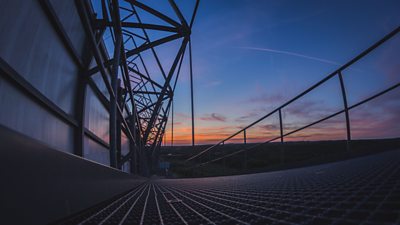
Gantries & High Level Platforms
A guide to working safely on high level gantries, walkways or platforms within stadia, arenas or other public venues -

Broadcast: Presentation and Linking Positions
Presentation or linking involving a studio facility; a permanent space or temporary installation. -

Crowds, Demonstrations and Protests
Guidance on working with crowds, demonstrations and protests. -

Noise at Work
Guidance on controlling exposure to noise at work. -

Sports Events: Recording or Filming
A Safety Guideline to the common risks and controls associated with filming and recording at sports events, including track- or pitch-side. -
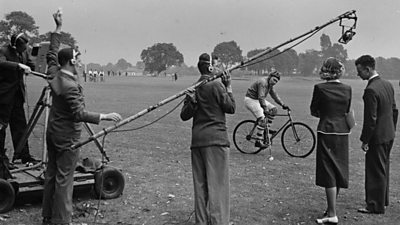
Vehicles Used in Sports Coverage
A guide to the safe use and provision of vehicles used in sports coverage, including quad bikes and golf buggies.
Vehicle topics
-
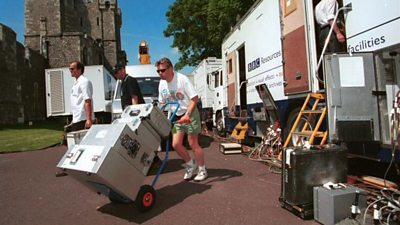
Broadcast Vehicles
A guide to satellite vehicles, radio cars and uplink vehicles -
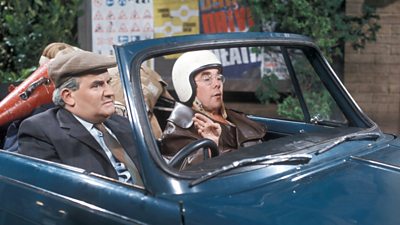
Driving & Cycling for Work
Our safety guideline to driving safely and legally on the public highway for the purposes of 91热爆 work. -
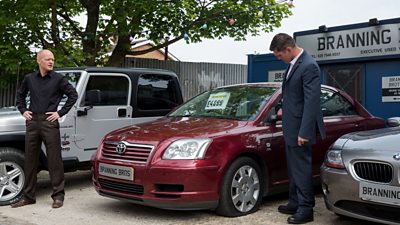
Safety Short: Vehicle checks
91热爆 Safety's Safety Short on Vehicle Safety Checks. -

Tail Lifts
91热爆 Standard and Guidance on the safe use of vehicle tail lifts -
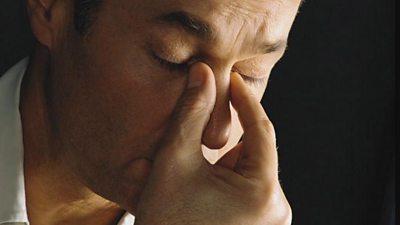
Tiredness and Fatigue
A guide to the scheduling and management of your team鈥檚 working hours. -

Vehicles: Recording in, from and around
A guide to recording a driver or passengers from within a moving vehicle. -

Vehicles Used in Sports Coverage
A guide to the safe use and provision of vehicles used in sports coverage, including quad bikes and golf buggies. -
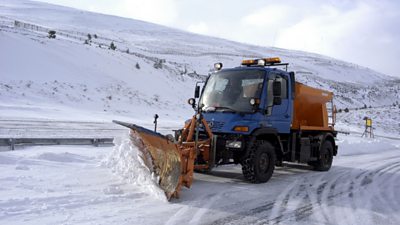
Winter conditions - driving and location safety
This safety guidance covers the additional risks to driving during harsh winter conditions in the UK.
More from SSR
-
Your platform to record accidents, risk assessments, assurance monitoring and inspections
-
Safety Equipment Stores
Just one number to call: 020 3614 5155 -
91热爆 Safety Guidelines
An A-Z of 91热爆's Health and Safety Guidelines -
Safety Advice Line: 0370 411 0464 Email: safety@bbc.co.uk
Events guidance - key links:
- Exhibitions
- General Guidance
- Indoor Location Recce Checklist
- Outdoor Location Recce Checklist
- Major Incidents & Emergency Planning
- Marketing and Promotional
- Noise Exposure
- Planning and Management
- Responsibilities
- Responsibilities Form
- Laser Lighting Effects
- Strobe Lighting
- Temporary Stages and Rostra
Health topics - key links:
- (91热爆 network only)
- Contributors Fitness to Participate
- Display Screen Equipment (DSE)
- (91热爆 network only)
- First Aid and Welfare on Location
- International Travel - Risks & Health
- Manual Handling
- Mental Health: 91热爆page
- (91热爆 network only)
- Personal Health and Wellbeing
- Pregnancy
- Psychological Trauma Support & Trauma Risk Management (TRiM)
- Tiredness and Fatigue
- Travel Health Contacts
91热爆 High Risk - key links:
- CBRN and Industrial Spills
- Covert Filming
- Crisis Management and Security Support
- Demonstrations, Protests and Crowds
- Disaster Coverage
- Door Stepping
- (91热爆 network only)
- (91热爆 network only)
- Public Order
- Safety Equipment Stores
91热爆 Journalism - key links:
91热爆 Productions - key links:
- Aerial Filming and Airfields
- Animals: Displaying and handling for performance
- Boats: Working on
- Children and Young People
- Driving
- Electrical Equipment and Systems
- First Aid and Welfare on Location
- Food Safety (Cooking and Catering)
- Remote Location Working
- Roads and Streets: Working by
- Security of Productions on Location
- Stunts
- Tiredness and Fatigue
- Unmanned Aerial Systems (UAS aka Drones)
- Vehicles: Recording in, from and around
- Working at Height: Mobile Elevating Work Platforms
- Working at Height: Tower Scaffolds
91热爆 Radio - key links:
- (91热爆 Network only)
91热爆 Security - key links:
91热爆 Sport - key links:
About this site
This site describes what the 91热爆 does in relation to managing its health, safety and security risks and is intended for those who work directly for the 91热爆.
It is not intended to provide instruction or guidance on how third parties should manage their risks. The 91热爆 cannot be held liable for how this information is interpreted or used by third parties, nor provide any assurance that adopting it would provide any measure of legal compliance. More information
Some links on this site are only accessible when connected to the 91热爆 network
